Should You Add an Automatic Safe Harbor IRA to Your Plan?
High employee turnover could lead to a rise in small 401(k) accounts. Explore how adding a Safe Harbor IRA provision to your plan may help reduce plan costs and potential fiduciary risks.
In 2022, more than 50 million Americans left their jobs, and in the last two years, there has been record-breaking employee turnover.[1] While the number of employee departures has decreased, it remains higher than pre-pandemic levels.
Employee turnover can cause problems for employers, such as many small 401(k) accounts being left behind in the company's plan. Such accounts can amplify plan costs and fiduciary risks, making it essential for plan sponsors to address these orphaned accounts. So much so that the Department of Labor (DOL) has made missing participant search and uncashed check processes a focus of audits in recent years.
Consider A Safe Harbor IRA Provision
One potential solution to this challenge is to add a Safe Harbor IRA (a.k.a. automatic rollover IRA) provision to your plan. This enables plan sponsors to remove smaller accounts from their plans automatically by rolling them into a Safe Harbor IRA.
This provision allows plan sponsors to automatically roll former participant’s accounts with balances between $1,000-5,000 into an IRA — and in 2024, the upper limit increases to $7,000, thanks to SECURE 2.0.
Automatic rollover IRAs can be advantageous for plan sponsors and participants. Plan sponsors benefit because removing small account balances can help:
Keep plan data clean
Reduce missing participant issues
Manage plan costs
Simplify participant disclosures and reporting
Limit fiduciary risk
In addition, these provisions help plan sponsors address the inevitable challenges associated with uncashed checks. And, if the plan document allows it, unvested employer profit sharing contributions can be applied to help plan sponsors pay for plan expenses and/or offset contributions.
Safe Harbor IRAs Help Participants
With a Safe Harbor IRA provision, the small accounts belonging to former employees periodically and automatically rollover into IRAs. It’s a feature that benefits participants in a variety of ways, and can:
Keep the former employee’s retirement savings intact
Preserve tax advantages
Provide more straightforward access to savings
Auto-Portability Networks: A Look into the Future of 401(k) Transfers
Automatic portability is a new option established under SECURE 2.0. This innovative feature allows a former employee's 401(k) account to be seamlessly transferred into the worker's new company's 401(k) without requiring the participants' express consent.
Today, there are new Auto-Portability Networks being established, and the range of participating recordkeepers is expected to increase, which should facilitate the implementation of automatic portability for more workers.
Safe Harbor IRAs Complement Automatic Enrollment Features
Many 401(k) plans have automatic enrollment and escalation features – and soon all new plans will be required to have these features.
While the push to add automatic savings features is likely to help Americans save more for retirement, it also has the potential to sharply increase the number of abandoned retirement plan accounts. When an employee leaves, plan distribution options typically allow participants to:
Rollover into an IRA or a new employer’s plan. Rollovers help improve lifetime retirement outcomes because they preserve retirement savings and tax advantages, among other benefits.
Leave assets in the plan. Without a Safe Harbor IRA provision, participants with more than $1,000 in a plan account can opt to leave the savings in a previous employer’s plan. Some large defined contribution plans like to keep these assets in their plans because they provide scale, which can lower fees. The drawback is that plan sponsors have a fiduciary responsibility to keep track of former employees and must have a process in place to find missing participants. In contrast, sponsors of smaller plans often prefer not to keep the assets of former employees because having more accounts may trigger the need for a third-party audit, thereby increasing plan costs and administrative responsibilities.
Take distributions in cash. About 41% of plan participants choose to cash out when they leave an employer, and the majority drain their savings.[2] It’s one of the most significant threats to retirement security.
Safe Harbor IRA provisions offer a solution. When former employees fail to make distribution decisions, a Safe Harbor IRA enables the plan sponsor to remove those accounts from the plan, keeping plan data clean and costs low.
Is This Right for Your Plan?
As the push to increase retirement plan access increases, adding a Safe Harbor IRA provision can be an excellent tool for plan sponsors, especially those with high turnover rates. This option may help to reduce the number of small, orphaned accounts left behind, potentially resulting in reduced plan costs and fiduciary risks.
Safe Harbor IRAs are a beneficial solution that can help keep plan data clean, manage costs, reduce risks and improve retirement outcomes for former employees.
[1] “Job Openings and Labor Turnover Archived News Releases.” U.S. Bureau of Labor Statistics. 6 Apr. 2023.
[2] Wang, Yanwen, et al. “Cashing Out Retirement Savings at Job Separation.” 7 Nov. 2022.

